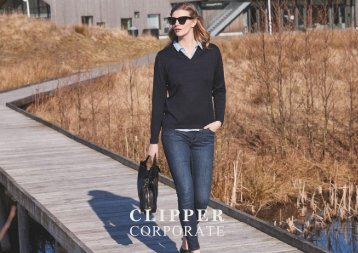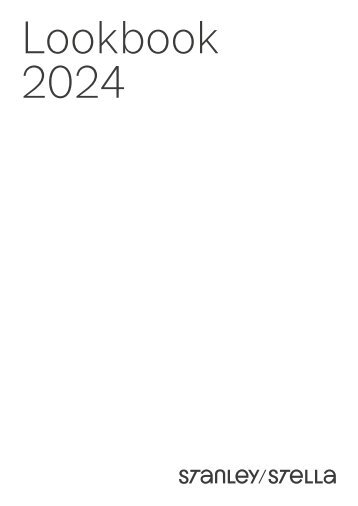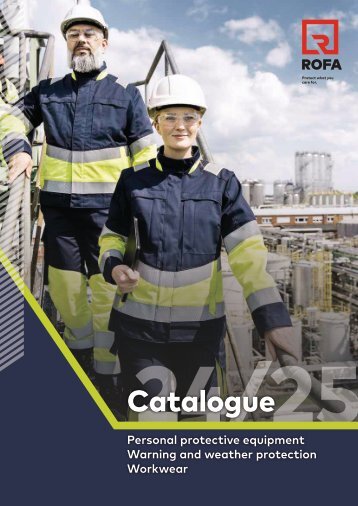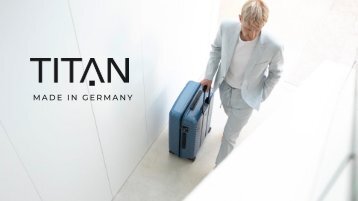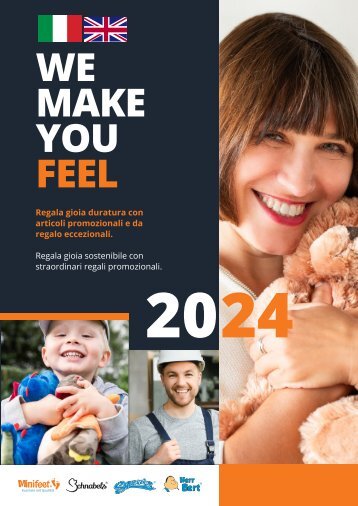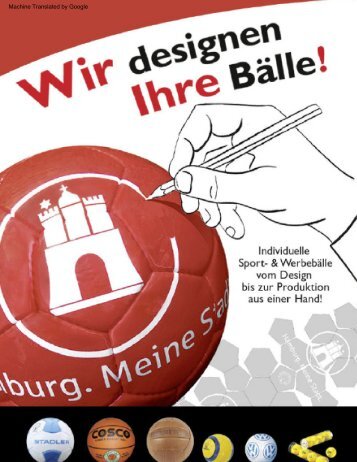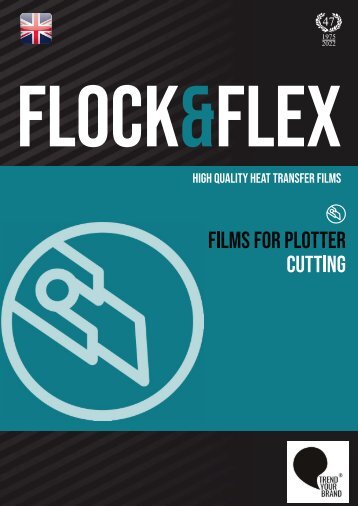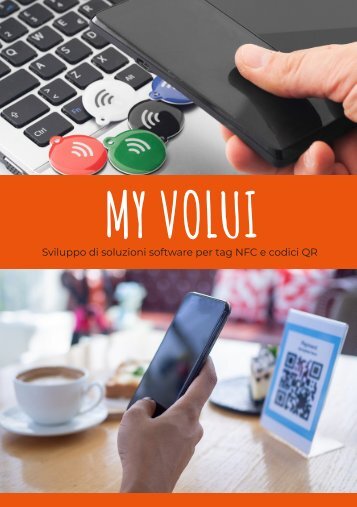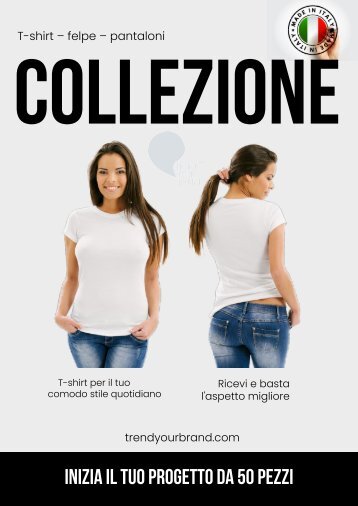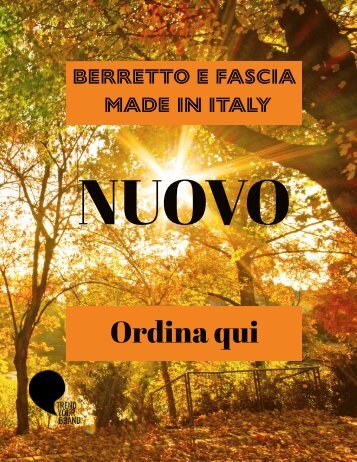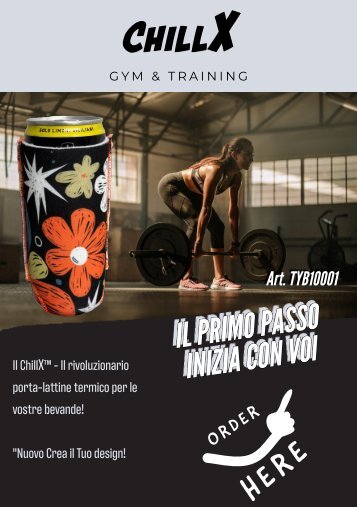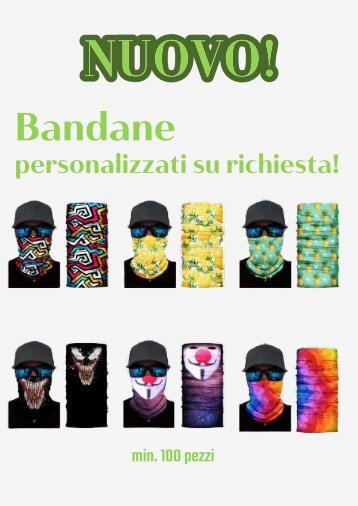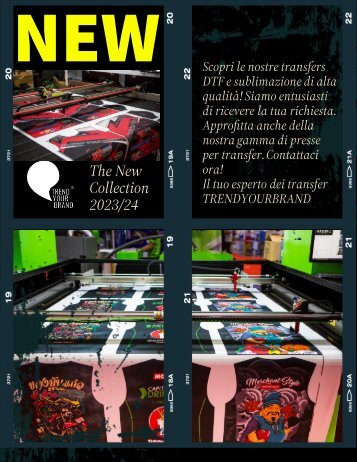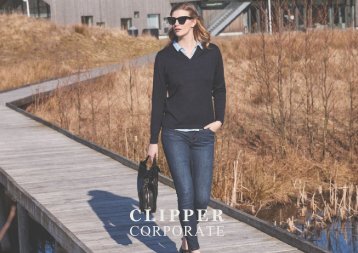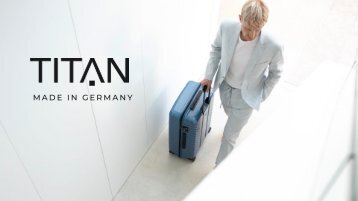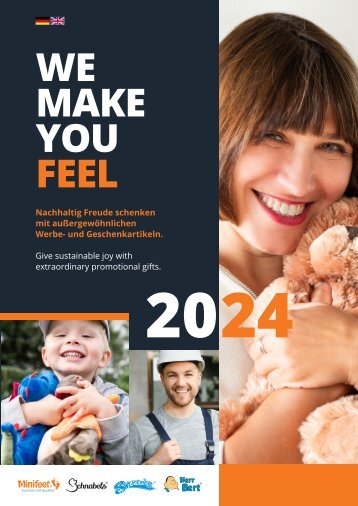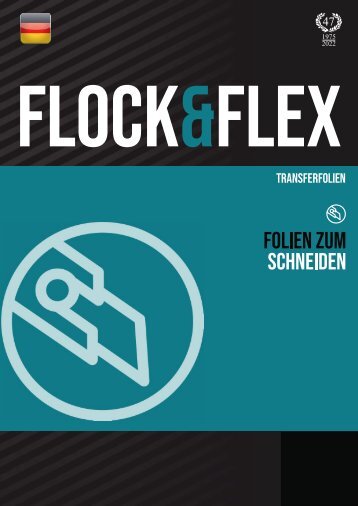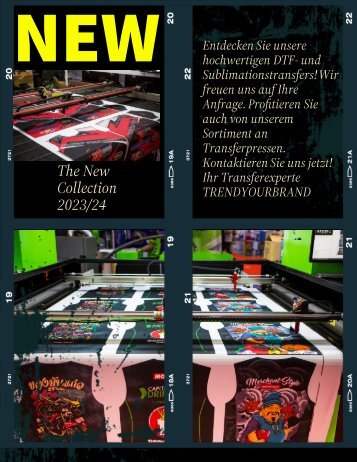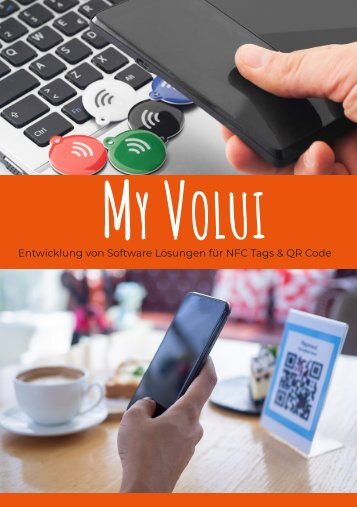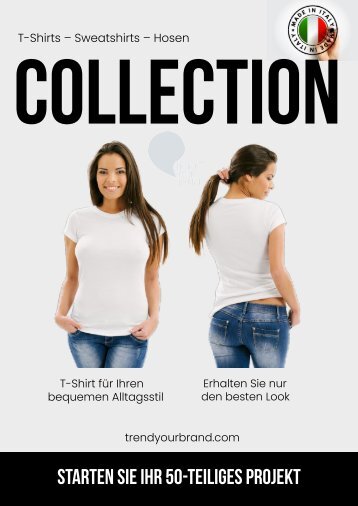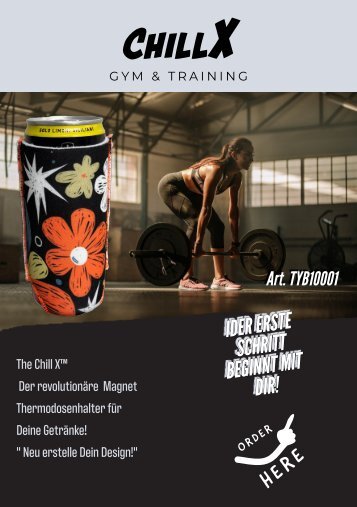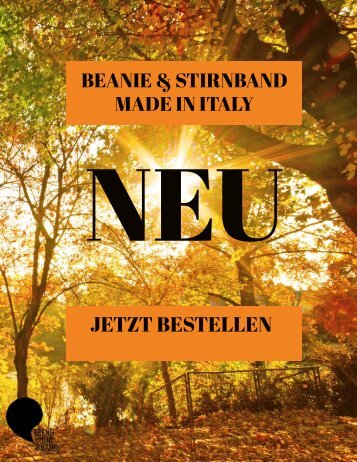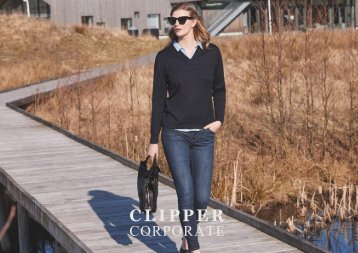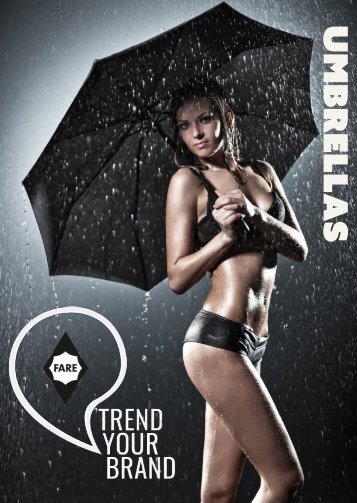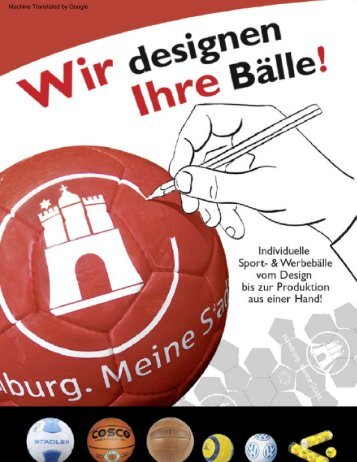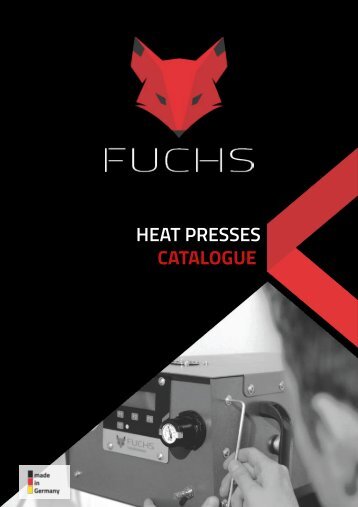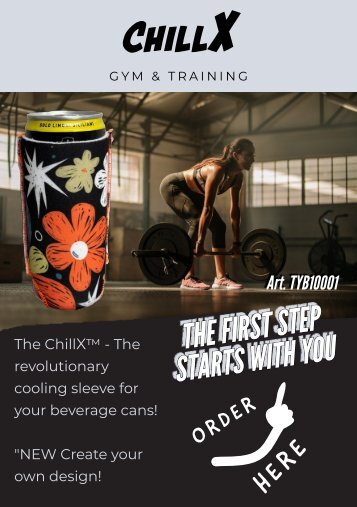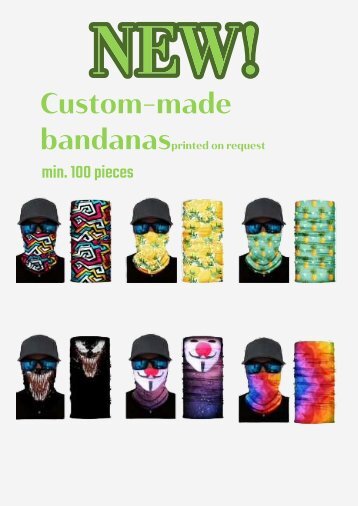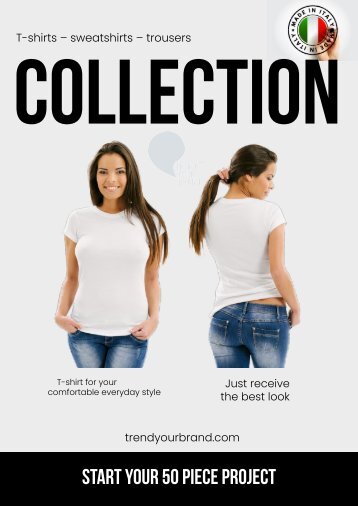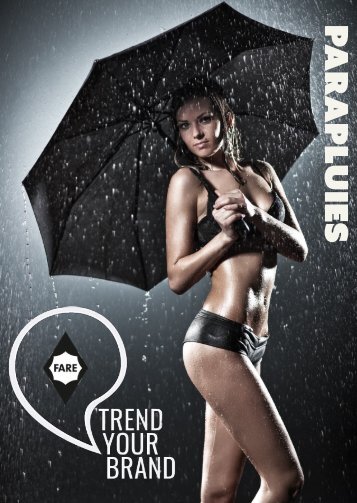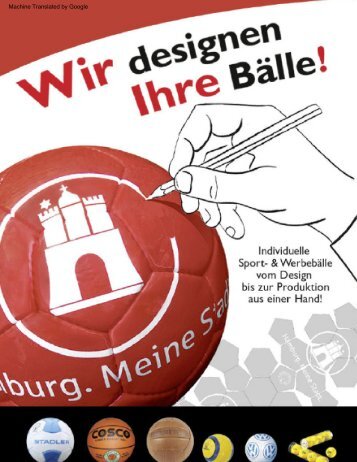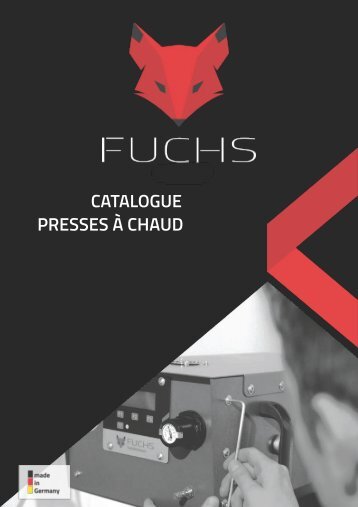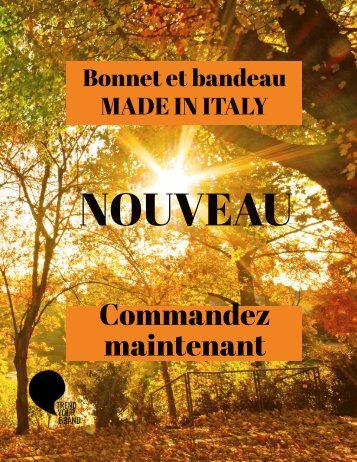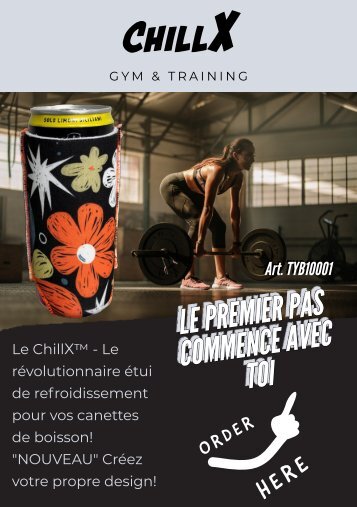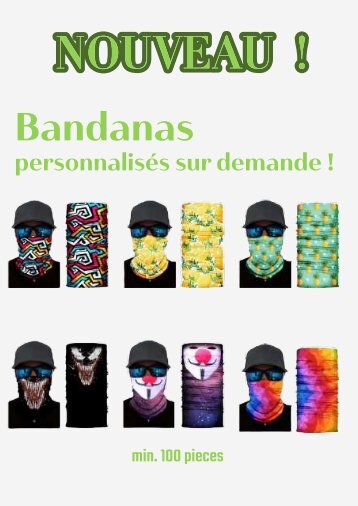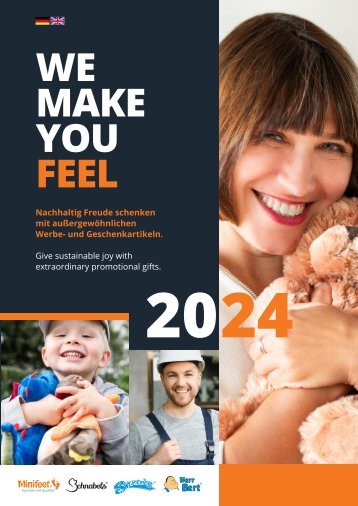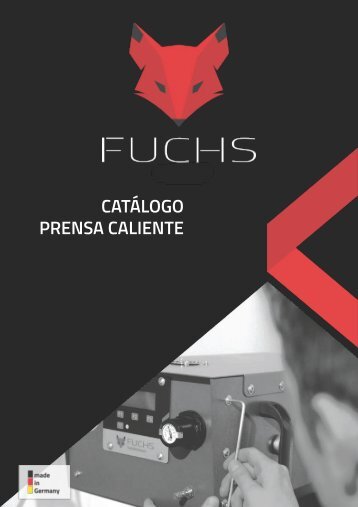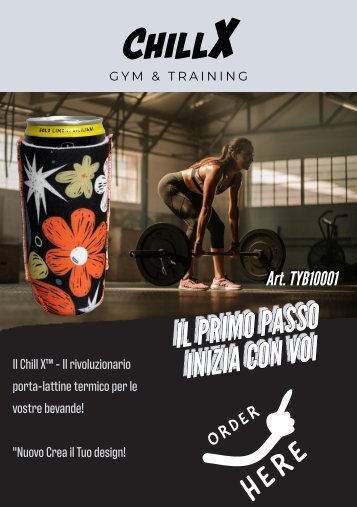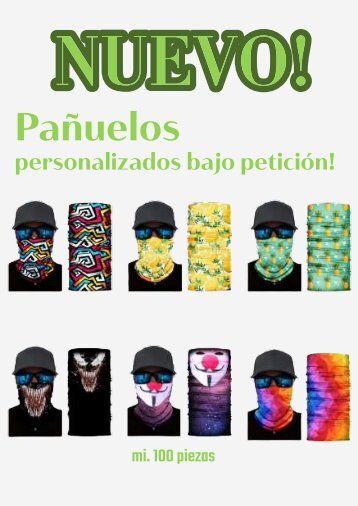TrendyourBrand by ROFA WORKWEAR (EN) "Products on demand"
- Text
- Wwwtrendyourbrandcom
- Welding
- Layer
- Velcro
- Reflective
- Fluorescent
- Accessories
- Studs
- Fabric
- Flap
- Pockets
PROTECTIVE CLOTHING
PROTECTIVE CLOTHING STANDARDS Service PROTECTIVE CLOTHING SCHUTZSTANDARDSSTANDARDS Class 2 – related to the process Manual welding techniques with considerable formation of welding spatter and metal droplets: » MMA welding » MIG welding with high voltage current » self-protective Flux-cored arc welding » Plasma welding » Gouging » Oxygen cutting » thermal spray welding Class 2 – related to the ambient conditions » narrow spaces » Overhead welding or cutting or work in comparable constrained positions. The clothing is not suitable for permanent grinding procedures.
- Page 1 and 2:
Protect what you care for. 24/25 Ca
- Page 4:
TABLE OF CONTENTS
- Page 8:
CERTIFICATIONS About ROFA
- Page 12:
PERSONAL PROTECTIVE EQUIPME
- Page 16:
TISSUE INFORMATION About RO
- Page 20:
MULTI-LIGHT Multi-standard protecti
- Page 24:
MULTI-LIGHT HI-VIS I + II Multi-sta
- Page 28:
MULTI-LIGHT HI-VIS II Multi-standar
- Page 32:
TREND Multi-standa
- Page 36:
PRO-LINE Multi-standard protection
- Page 40:
VIS-LINE I + II Multi-standard prot
- Page 44:
VIS-LINE II Multi-standard protecti
- Page 48:
MULTISIX Multi-standard protection
- Page 52:
MULTISEVEN Multi-s
- Page 56:
WARNING PROTECTION COMBINATIONS Mul
- Page 60:
MULTININE Multi-standard protection
- Page 64:
WELDER PROTECTION Flame-retardant c
- Page 68:
SPLASH LIGHT welding protection SPL
- Page 72:
JEANS FR welding protection PRODUCT
- Page 76:
PRO-LINE II welding protection PRO-
- Page 80:
SPLASH HEAVY welding protection SPL
- Page 84:
LAYERING PRINCIPLE Protection again
- Page 88:
BASIC Protection against electric a
- Page 92:
X-LINE Protection against electric
- Page 96:
SPARC Protection against electric a
- Page 100:
ACCESSORIES Protection against elec
- Page 104:
PRO-LINE Protection against electri
- Page 108:
PRO-LINE Protection against electri
- Page 112:
VIS-LINE II Protection against elec
- Page 116:
MULTI-LIGHT HI-VIS I Protection aga
- Page 120:
MULTISIX Protection against electri
- Page 124:
MULTISEVEN Protect
- Page 128:
FR WARNING PROTECTION IN FLUORESC
- Page 132:
VIS-LINE II Warning protection FR f
- Page 136:
MULTISEVEN Warning
- Page 140:
MULTININE PLUS Warning protection F
- Page 144:
ALU SPLASH Protection against liqui
- Page 148:
MULTI-STANDARD-ACCESSORIES Multi-St
- Page 152:
MULTI-STANDARD-ACCESSORIES Multi-St
- Page 156:
TEAMWORK HI-VIS Warning protection
- Page 160:
WARNING PROTECTION COMBINATIONS TEA
- Page 164:
DUO COLOR Warning Protection DUO CO
- Page 168:
WARNING PROTECTION COMBINATIONS CLA
- Page 172: SHIRTS Warning Protection TO THE WE
- Page 176: DRY-LIGHT HI-VIS Winter-weather-pro
- Page 180: DRY-LIGHT Winter-weather-protection
- Page 184: WORKWEAR For doers
- Page 188: PRIME-LIGHT Workwear PRODUCT INFORM
- Page 192: NEW ACTIVE Workwear PRODUCT INFORMA
- Page 196: TEAMWORK Workwear NEW TEAMWORK RECY
- Page 200: TEAMWORK Workwear WAISTCOAT Band co
- Page 204: CLASSICS Workwear CLASSIC COTTON CL
- Page 208: SPECIAL Workwear SPECIAL COTTON TO
- Page 212: OK Workwear OK COTTON-RICH TO THE W
- Page 216: SCAFFOLDING Workwear SCAFFOLDING BL
- Page 220: PROTECTIVE CLOTHING STANDARDS PROTE
- Page 226: PROTECTIVE CLOTHING STANDARDS Servi
- Page 230: CARE INSTRUCTIONS Service CARE INST
- Page 234: SIZE CHARTS Service SIZE CHARTS BOD
- Page 238: ARTICLE OVERVIEW Service ARTICLE OV
Inappropriate
Loading...
Mail this publication
Loading...
Embed
Loading...
Italiano
- 1. Abbigliamento per il tempo libero
- 2. Abbigliamento da lavoro
- 3. Abbigliamento sportivo
- 4.Borse
- 5. Valigie
- 6. Ombrelli
- 7. Cappellini e berretti
- 8. Articoli promozionali e peluche
- 9. Presse transfer e accessori
- 10. Cataloghi di produttori su richiesta
- 11. Produzione speciale
- 12. Video & Flyer
- 13. Certificati
Français
- 1. Vêtements de loisirs
- 2. Vêtements Vêtements de travail
- 3. Vêtements de sport
- 4. Sacs
- 5. Valises
- 6. Parapluies
- 7. Casquettes et bonnets
- 8. Articles promotionnels et peluches
- 9. Presses à transfert et accessoires
- 10. Catalogues de fabricants sur demande
- 11. Fabrications spéciales
- 12. Vidéo & Flyer
- 13. Certificats
KONTAKT
WT Group SAS di Karl Ladurner & Co.
Via Giuseppe Verdi 21
39031 Brunico
Italia
Phone: +39 0474 476 243
Fax: +39 0474 470 977
E-Mail: info@wtgroup.it



